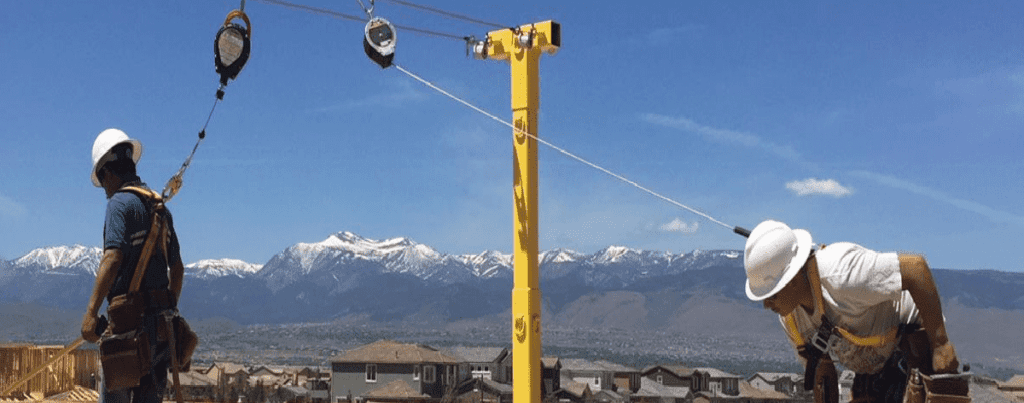
DEDICATED TO GETTING WORKERS HOME SAFELY
Safety starts with Safety Pole

Safety starts with Safety Pole
The Safety Pole System
Meets Your Fall Protection
Framing Needs




Equip your team with Safety Pole & Accessories
Safety starts with Safety Pole